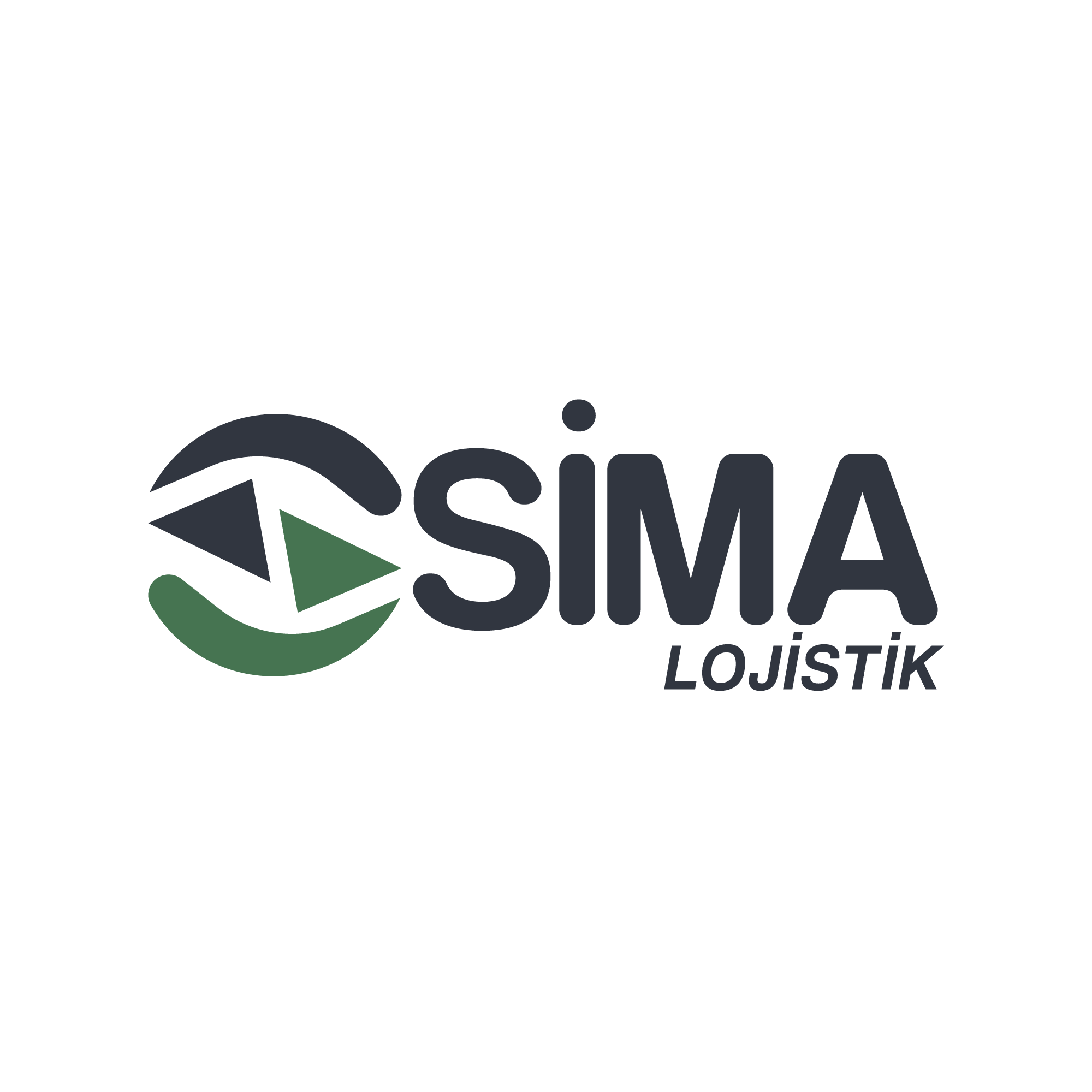Liquid Chemical Transport Solutions with ADR Compliance
- Sima Logistics

- Sep 28
- 3 min read
The safe transport of hazardous materials—especially liquid chemicals—is of great importance for both the environment and human health. One of the principal international regulations governing this process is ADR (the European Agreement concerning the International Carriage of Dangerous Goods by Road). This article examines in detail what ADR is, how it is applied in the transport of liquid chemicals, and the challenges encountered along with their solutions.
What is ADR?
ADR is an agreement signed in 1957 under the framework of the United Nations Economic Commission for Europe and entered into force in 1968. For our country, the process of becoming a party began in 2009, and our membership was completed in 2010. Its purpose is to make the international carriage of dangerous goods by road safe, systematic, and compliant with standards. The agreement consists of two main annexes, Annex A and Annex B:
Annex A: Procedures for the classification, packaging, labeling, and carriage of dangerous goods.
Annex B: Provisions regarding vehicles, driver training, documentation, and operations.
ADR Compliance in the Transport of Liquid Chemicals
Liquid chemicals are generally classified under Class 3 (Flammable Liquids) or Class 8 (Corrosive Substances). According to ADR, the transport of these chemicals is subject to special packaging, marking, and transport rules. In addition, the transport vehicle must be equipped and certified in compliance with ADR.
Packaging
According to ADR, the packaging of liquid chemicals must:
Be made of materials that will not react with the chemical,
Have passed leak-tightness tests,
Be supported, where necessary, by secondary packaging (e.g., IBC containers).
Sections 4.1 and 6.1 of Annex A specify in detail the packaging types and mandatory tests.
Labelling
Each package must include the following information:
UN number (e.g., UN 1993),
Hazard label (e.g., the flame symbol),
Transport category and class,
Environmentally hazardous mark, where applicable.
The rules on labeling are explained in Section 5.2 of Annex A.
Transport Documentation
Documents required for ADR-compliant transport:
Transport document (UN number, proper shipping name, class, packing group),
Driver training certificate (ADR certificate),
Written instructions (emergency procedures),
Exemption documents or multimodal transport documents, where applicable.
Document requirements are specified in Section 5.4.
Safety Measures in the Transport of Liquid Chemicals
Leak-tightness checks must be carried out before transport,
Firefighting equipment must be present on the transport vehicle,
Personal protective equipment (PPE) is mandatory for drivers,
The vehicle must display orange hazard plates and signs appropriate to the class.
These measures are detailed in Sections 8.1 and 8.3 of Annex B.
Technological Solutions in the Transport of Liquid Chemicals
With today’s technology:
Telemetry systems allow monitoring of tank levels and temperature,
GPS tracking enables route monitoring,
ADR-compliant tank containers provide high resistance to leakage and impact,
Automatic sealing and shutoff systems reduce emergency risks.
Challenges Encountered in the Transport of Liquid Chemicals
Misclassification: Failure to determine the correct class of the dangerous good.
Insufficient training: Cases where drivers have not received ADR training.
Inappropriate packaging: Seen especially among companies that perform refilling.
Inadequate labeling and documentation: Can cause delays, particularly in export/import processes.
Regulatory differences: Implementation gaps in countries that are not parties to ADR.
Conclusion
ADR-compliant transport of liquid chemicals is not only a requirement but also an environmental and humanitarian responsibility. Proper implementation of packaging, labeling, documentation, and safety measures both enhances occupational safety and protects companies’ prestige in international trade. With advancing technology, it is possible to make this process more effective and traceable.
For more information on ADR compliance and our transport solutions, please contact us.
References: ADR: European Agreement concerning the International Carriage of Dangerous Goods by Road (ADR). (2025).
Comments